The beautiful Kalanchoe marnieriana is one of the favorite choices among many gardeners. In this article we are going to discuss everything you need to know about Kalanchoe marnieriana care.
Kalanchoe marnieriana is originating from northeast Madagascar and it belongs to genus bryophyllum. Marnieri’s kalanchoe, ornamental kalanchoe are a couple of common names of the Kalanchoe marnieriana succulents.
It is a succulent subshrub type. Kalanchoe marnieriana succulent could withstand drought conditions just like the other succulents.
Bryophyllum marnierianum is the scientific name of these plants. They usually grow in USDA zones 10-12 and you need to practice the regular caring process with these plants.
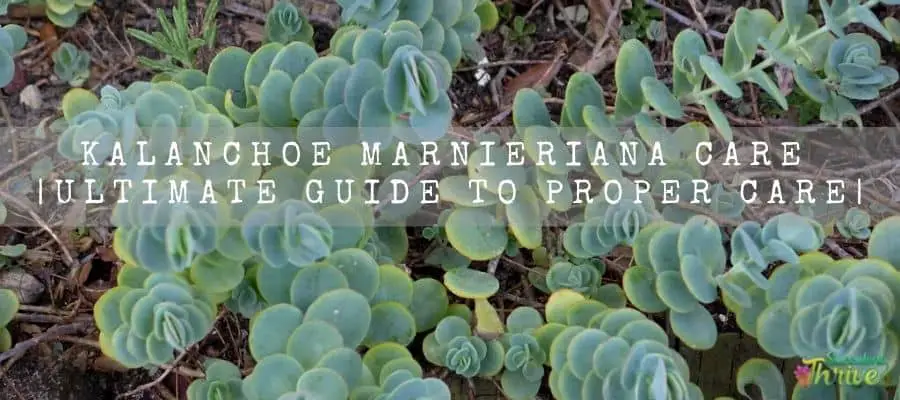
How do I identify an Kalanchoe marnieriana?
Kalanchoe marnieriana usually have slender, round shaped leaves. All those leaves cluster to form a vertical stem.
You could spot the leaves forming on the stem against each other. However, they will be facing towards the stem and tend to grow upwards.
Once you leave the Kalanchoe marnieriana in stress, you could see how they develop red-pink tips on their leaves.
Kalanchoe marnieriana care: basic steps
Size
When the Kalanchoe marnieriana grows to their fullest potential, you could see them growing up to 18″ (46 cm) in height and further they would be 36″ (91 cm) in width.
Growth
Kalanchoe marnieriana could multiply and grow at a faster rate. This is quite common in dry and hot weather conditions. You need to prune the plants as appropriate so that you could control the spread of the plants.
Light Requirement
Kalanchoe marnieriana would prefer to have indirect sunlight to partial shade. It is vital that you provide plenty of sunlight as then plants would not suffer from Etiolation.
Best is to expose these plants for morning sunlight for about 5-6 hours. Alternatively you could expose them even for later afternoon sunlight too.
Having said that , you need to make sure that you do not expose them to extreme and intense sunlight.
If you are growing them indoors, make sure that you place them near a bright sunny window and that will help them to survive well.
Moreover, Kalanchoe marnieriana could tolerate shade more than the rest of the Kalanchoe plants.
If you expose them for bright direct sunlight, chances are that they could end up getting sunburns. Once they get more intense sunlight, they could become significant and quote highlighting.
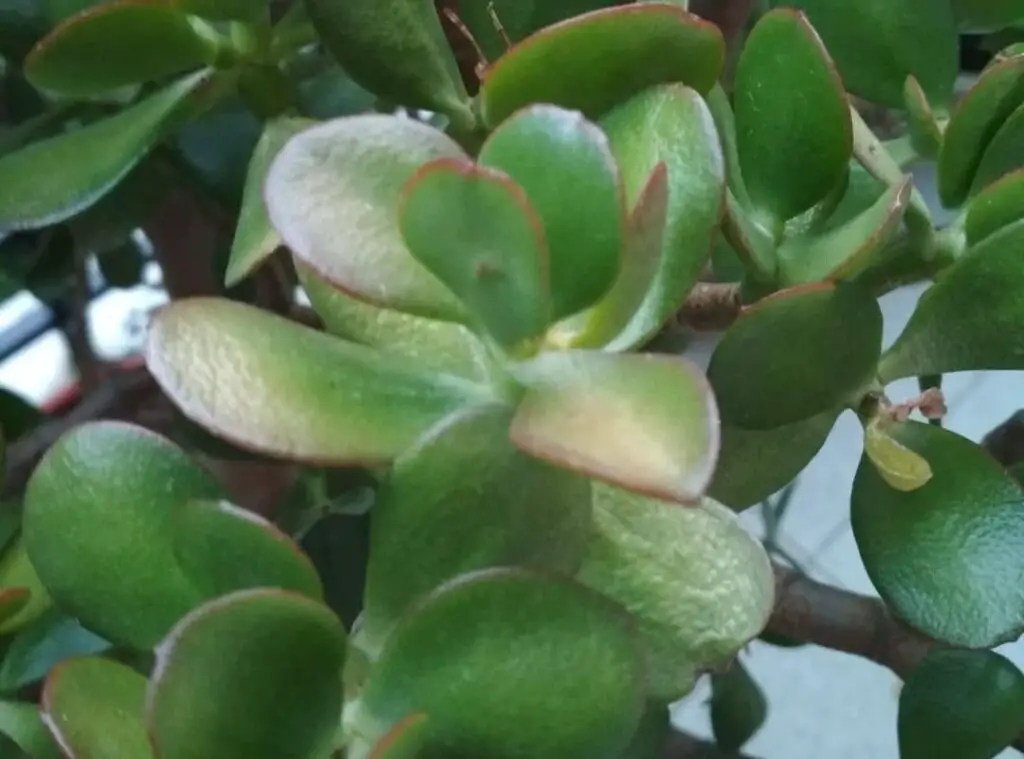
Temperature and humidity
If you expose the Kalanchoes to too much intense temperatures, it will badly affect these plants.
Ideally, they should have a temperature range from 20 degrees Celsius to 29 degrees Celsius for them to have an optimal growth.
Do not expose them to freezing temperatures for prolonged periods as that could be fatal to them.
They would prefer to grow in USDA zones 10-12 and they would grow as a hardy plant in those conditions.
In addition to the aforesaid, if you expose the kalanchoe plants to intense heat, those conditions will cause them to drop their leaves.
They do this as a responsive method of those harsh dry and heated conditions. Once they do this, that will help them to save their energy and consequently they could retain their water conservation too.
As such, you need to take necessary actions to safeguard the plant specially during any heat wave conditions. Best is to shift them indoors and protect the plant.
Moreover, Kalanchoe marnieriana are not cold hardy plants when growing apart from those zones.
Consider that the temperature where you live would go below 20 degrees Fahrenheit (-6.7 degrees Celsius), the n best is to grow them as indoor plants.
When you grow them as indoor plants in those conditions, you could safeguard the plant from frost damage.
*You could grow these plants outdoors if you live in a warmer temperature weather condition.
Moreover, best is to provide them with low humidity conditions as they are used to growing in dry and hot conditions.
If there is a high level of humidity, it would affect the plant water evaporation and consequently excess water will be retained in the soil.
Is it cold hardy?
Kalanchoe marnieriana are not cold hardy plants in general.
Zone
Kalanchoe marnieriana is an easy to maintain plant which you could grow as a houseplant. You could spot them growing outdoors as well, especially if you live in USDA zone 10 -12.
Watering
In terms of watering these kalanchoe plants, it is crucial that you water them properly. These plants could tolerate the hot and dry conditions and you need to water them only on a moderate level.
You need to adjust the watering frequency depending on the season. Best is to water these plants more frequently during summer.
On the other hand, you should cut back on watering them by doing it less frequently in winter.
When you water them, you need to apply the soak and dry method so that you will not have any water related repercussions.
Simply, what you have to do is, you need to water the soil thoroughly and deeply so that it could become moist in condition.
However do not make the soil condition soggy and damp though. Once you water them, let them wither entirely.
Apart from that, when you water, always make sure that you apply right into the soil mix and refrain from spilling it on the parts of the plant.
Make sure that you do not over water them though and do not let water retain in the soil for too long as they will cause the plant to attract fungus and bacteria types which would contribute to root rots as well as for leaves falling off.
Moreover, you need to adjust the sequence of watering by considering factors such as potting mix, temperature, post size, plant health condition etc.
*Once a week watering is generally adequate for them during their growth season.
Moreover, keep in mind that you need to wait until the soil entirely withers from the previous watering before you water them again.
If you do not practice these methods when watering, chances are that these plants would start to wrinkle their leaves and become brown and eventually will start to fall off.
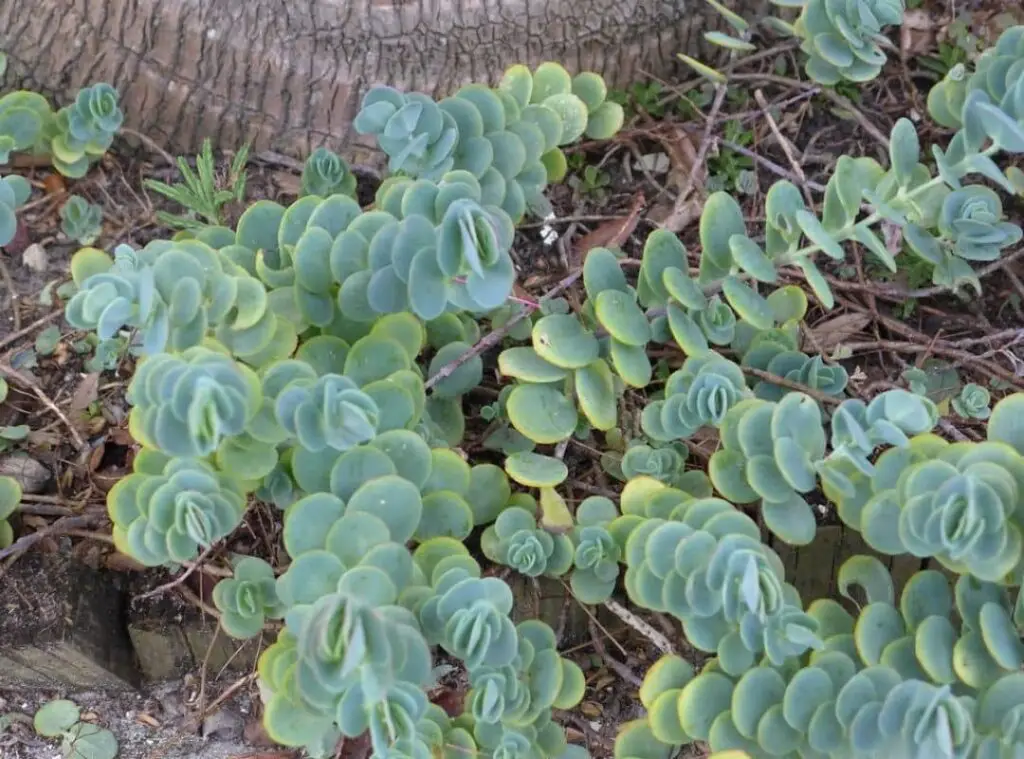
Soil Type / ph
It is vital that you provide a potting mix which is rich in organic components which is well draining.
Best is to provide it with a soil type which has clay, sand, pumice, and perlite too. Alternatively, you could use a succulent mix, or a cactus mix, and you may further add some sand which will help to enhance the drainage of the soil mix.
Refrain in providing a poor draining soil mix, as it could attribute the soil to retain excess water in the soil mix and ultimately you will end up getting root rots.
If it is essential, you could disinfect the soil mix to overcome the pathogens from proliferation and that would help to avoid the root rot.
Flowering and Fragrance
Kalanchoe marnieriana is a plant which could bloom. You could spot them blooming right throughout the year when they are grown in their native place.
Having said that, if you have grown them as a houseplant, you may see them blooming during later winter to late spring.
Many people tend to grow this plant as an indoor plant due to their attractive flowering formation. This is an endemic plant to northeast Madagascar.
Generally, Kalanchoe Marnieriana would come up with flowers in red. Further those blooms would be bell shaped too.
You may describe the appearance of the Kalanchoe marnieriana as dangled, coral type and larger in size too.
Moreover, you could spot them producing through their flower stalks. Those stalks would be visible on the branch’s edges.
Pot size
You may select a pot which is slightly larger than the Kalanchoe marnieriana plant size. Best is to choose a clay pot to grow them.
Repotting
Kalanchoe marnieriana do not require repotting often. However, in general context you need to report them once every couple of years.
Having said that, it is crucial that you report them as soon as you purchase them from a store. Chances are that Kalanchoe marnieriana have been grown in low quality and inappropriate pots when you acquire them from stores.
Moreover, you need to consider repotting them, when you feel like they are vulnerable for pests’ invasions or if you think your soil mix is not well draining enough.
If you come across any circumstance where the Kalanchoe marnieriana has been attacked by pests, best is to transplant them into new pots whilst providing a fresh soil mix so that you could get away from the pests.
You could consider repotting them in a fertile and better potting mix when you think the soil mix is poor draining.
*It is necessary that you provide a well-draining soil unless, plant will suffer from root decaying.
You could take off the plant from the older soil mix gently to start off the process. Ensure that you do not harm the plant when you are taking the plant off from the pot.
You could simply shake the plant to get rid of the older soil. After that you could plant them in a fresh well draining soil mix.
Do not water them during the first few days until they first stabilize in the new growing conditions. After some time, you could continue with the regular care treatment with the plant
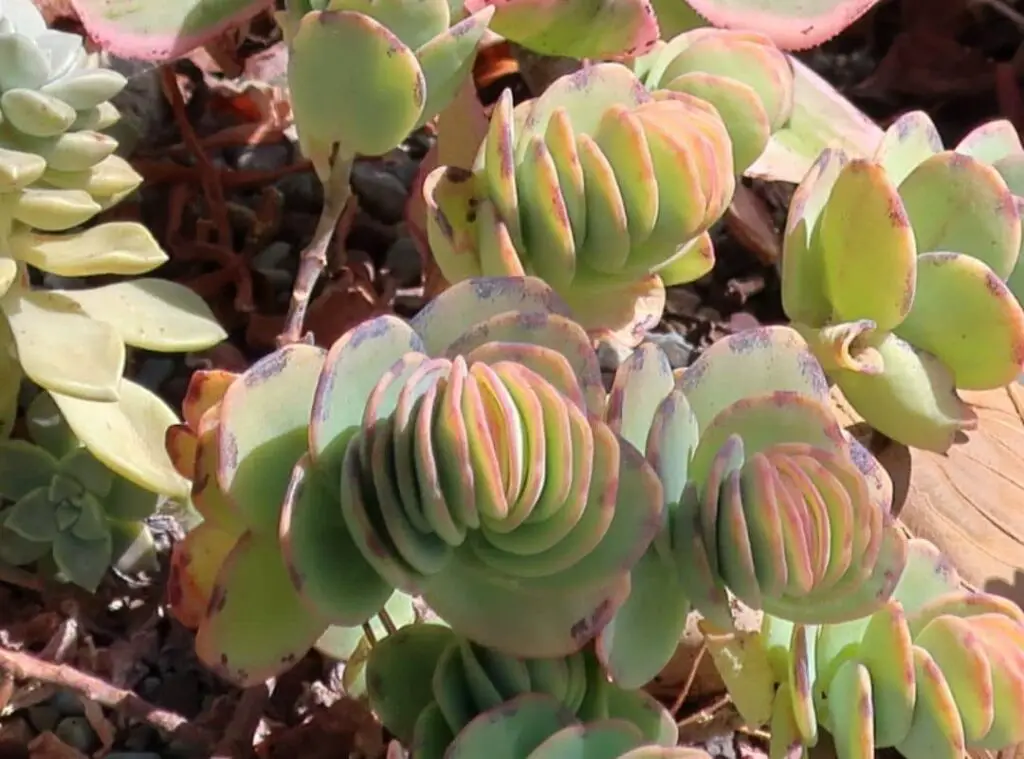
Where to Plant
Kalanchoe marnieriana cannot thrive in colder weather conditions.
As such, consider that you are someone who is growing the Kalanchoe marnieriana plant in a zone where the temperature gets colder than 20 degrees Fahrenheit. ( -6.7 degrees Celsius).
Then the ideal thing to do would be to bring them indoors. To do that, you need to make sure that you are growing this in a container which you can move easily in and out from home.
It could thrive in indirect sunlight for about 5-6 hours and in partial shade during the rest of the day.
Fertilizer and time of year
Kalanchoe marnieriana do not depend a lot on fertilizers as they could absorb the essential nutrients from the potting mix.
Having said that, they would still appreciate it if you provided them a little extra dose of nutrients which will be beneficial for their growth. That would further stimulate the flower blossoming of the plant too.
Best is to use a balanced liquid fertilizer during the summer season. In addition to that, you may also use a slow-release fertilizer as well for this purpose. You could apply the fertilizers once every two weeks so that you will not end up over fertilizing them.
Dormancy
Kalanchoe marnieriana are summer dormant plants.
Can it be toxic to pets?
Kalanchoes could be toxic towards pets if they consume the plant.
It is toxic to the level that even a minor part of the plant could make a harmful impact on the pets and could contribute to major health deteriorations.
They consist of cardiac glycosides or cardiotoxins which could cause cardiac problems.
The kalanchoe flowers could be even more dangerous once your cats ingest them. They have a bigger portion of the toxins contained in the flowers and hence why it is riskier.
Common bugs and diseases
You will have to encounter pests such as mealybugs, mollusks when growing these plants.
You could spot the mealybugs as little white cotton organisms which tend to jump when they are interrupted.
They would attribute the plant to shed the leaves, wilting of blooms, and finally to create fungal infections which could make further repercussions.
You could spot the mollusks as little organisms which are covered by a shell and carrying a soft body. Apart from these, there would be slugs and snails as well.
They could cause the kalanchoe plant leaves to disfigure for a long time. In addition to these, overwatering could also make a greater impact on these plants such as creating root rot, fungal growth etc.
As such you need to ensure that you do not overwater the plant to keep it healthy.
Special Care tips
You could groom these plants when it is essential. In situations such as during pests’ attacks, you need to remove the damaged parts of the plant so that it will not cause further repercussions.
Moreover, you need to take off the spent blooms as well since it could enhance new growth and better blooming in the future.
Once you prune the plant, it will make the plant look good and neat. It would help them to maintain a good health as well. During the pruning process, keep in mind to not to damage the rest of the plant.
Apart from that, ensure that you practice the proper care treatments for them as well.
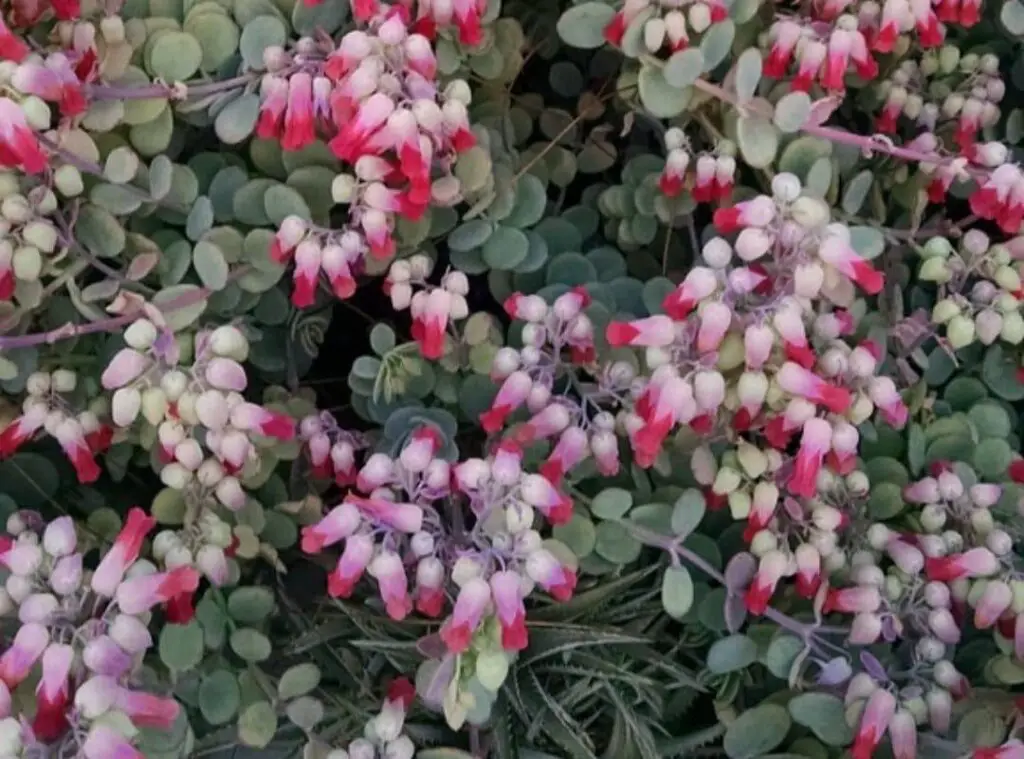
Kalanchoe marnieriana plant benefits
You could use them in Beds and borders, patios. Further you could grow them as house plants in containers.
In addition to that, you may use them in garden styles such as gravel, rock gardens and in Mediterranean gardens as well.
Related questions
Is Kalanchoe marnieriana an indoor plant?
These plants are indoor plants. However you could grow them outdoors as well given that its proper growing conditions. However, make sure that they get adequate sunlight and do not go through any freezing temperatures when growing them.
Is Kalanchoe marnieriana toxic?
They could be toxic towards pets and for children.
Do Kalanchoe marnieriana need direct sunlight?
They do not require direct sunlight and refrain in doing so. Unless chances are that they will end up getting sunburns.
Should I mist my Kalanchoe marnieriana?
You could use these plants during propagation.
| Botanical Name | Bryophyllum marnierianum |
| Common Name | Marnieri’s kalanchoe, ornamental kalanchoe |
| Plant Type | Succulent subshrub type |
| Mature Size | 18″ (46 cm) height / 36″ (91 cm) in widths |
| Sun Exposure | Indirect sunlight to partial shade |
| Soil Type | Well-draining |
| Soil pH | Acidic alkaline neutral |
| Bloom Time | Winter |
| Flower Color | Red |
| Hardiness Zones | 10-12 |
| Native Area | Northeast Madagascar |
| Toxicity | Toxic |
| Average price | 10 USD |
Read Next: 6 Informative Facts About Snake plant Soil | With Details|
